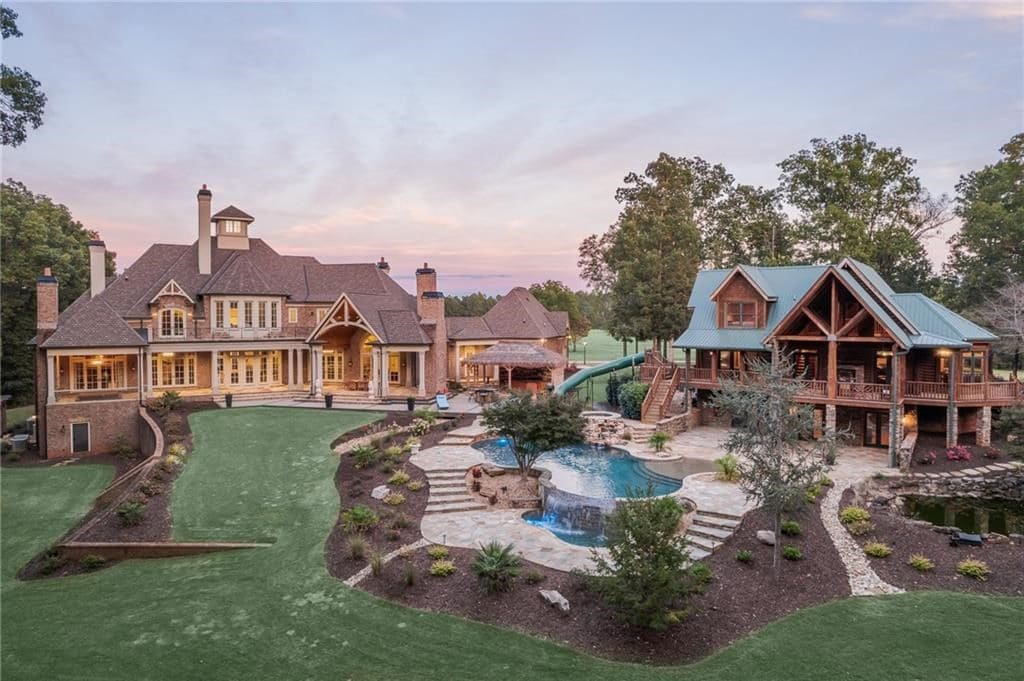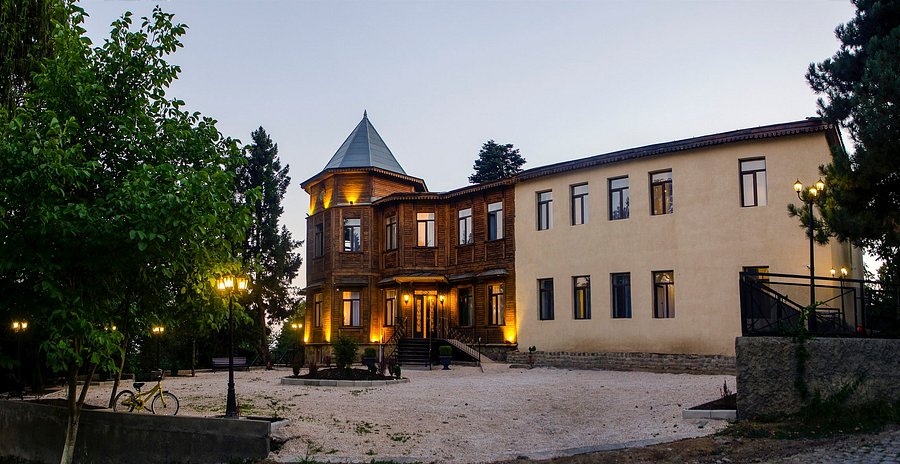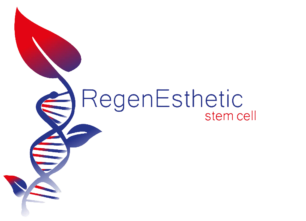
The Residence presents a compelling vision of contemporary living where the principles of thoughtful design, human-centered amenities, and sustainable practice converge to form more than just housing — it creates a long-term home and a vibrant community. This article examines how The Residence distinguishes itself through architecture, lifestyle offerings, environmental responsibility, and investment potential, and provides practical guidance for prospective residents and investors.
Architecture and design at The Residence prioritize both form and function. Architects and interior designers collaborate to produce floor plans that maximize natural light, facilitate efficient circulation, and allow flexible configurations to adapt to changing family needs. Public facades combine durable materials with clean lines, while private interiors focus on calm palettes and tactile finishes. The result is an environment that feels modern yet timeless, one that supports daily routines and enhances a sense of wellbeing.
Location plays a central role in the appeal of any residential development, and The Residence typically occupies sites chosen to balance accessibility and tranquility. Proximity to public transit, schools, healthcare, and commercial centers makes daily life easier, while careful orientation and landscaping shield residents from urban noise and create pleasant outdoor rooms. A smart location strategy helps residents spend less time commuting and more time engaging with their neighborhood, fostering a deeper connection to the place they live.
Amenities at The Residence are designed to support diverse lifestyles. Shared facilities often include fitness centers, multipurpose rooms for gatherings and remote work, children’s play areas, and quiet study or reading nooks. Outdoor amenities might feature landscaped gardens, walking paths, rooftop terraces, and secure bicycle storage. These communal spaces are curated to encourage social interaction, promote active living, and provide opportunities for relaxation without leaving the property.
Community management is a quiet but essential element of successful residential projects. Professional property management ensures that common areas are maintained, building systems operate efficiently, and resident concerns are addressed promptly. Many modern residential developments incorporate technology platforms for maintenance requests, community announcements, and facility reservations, making daily life smoother and fostering a sense of collective stewardship among residents.
Sustainability is increasingly central to residential design, and The Residence often integrates green building practices and energy-efficient systems. Thoughtful insulation, high-performance windows, LED lighting, and efficient HVAC systems reduce energy consumption, while water-saving fixtures and drought-tolerant landscaping lower operational costs and ecological impact. Some projects go further, incorporating renewable energy sources such as solar panels, green roofs that reduce stormwater runoff, and waste management systems that facilitate recycling and composting.
Beyond building systems, sustainable living at The Residence extends to walkability and access to public transit. A neighborhood that supports walking, cycling, and transit use diminishes dependence on private vehicles, reduces emissions, and contributes to a healthier lifestyle. For families and individuals who value convenience and environmental responsibility, these attributes enhance both daily comfort and long-term quality of life.

Health and wellbeing are embedded in the design philosophy. Indoor air quality is prioritized through ventilation systems and low-VOC finishes, while natural light and access to outdoor space support mental and physical wellness. Communal green spaces provide places for exercise, play, and solitude, forming a backdrop for routines that promote long-term health. For residents working from home, well-designed quiet zones and reliable internet infrastructure support productivity without compromising domestic tranquility.
From an investment perspective, The Residence represents an attractive proposition for buyers and investors who value stability and long-term appreciation. Properties with strong design credentials, quality construction, and desirable locations tend to retain value and attract steady demand. Mixed-use developments and projects integrated into revitalizing neighborhoods may offer rent-generating potential for investors or a comfortable home for owner-occupiers seeking future resale advantages.
When evaluating an opportunity at The Residence, prospective buyers should consider several practical factors. First, assess the developer’s track record and the quality of workmanship. Visit completed projects if possible, and review materials, finishes, and construction standards. Second, examine the homeowners association (HOA) structure, operating costs, and reserve funding to understand ongoing obligations. Third, evaluate the neighborhood’s long-term development plans, local amenities, and transportation links to anticipate future lifestyle and value impacts.
Financing considerations also deserve attention. Competitive mortgage products and favorable interest rates can improve affordability, while potential incentives from developers — such as buyer discounts, flexible payment plans, or temporary rent guarantees — may influence timing decisions. For investors, understanding rental market dynamics, vacancy rates, and tenant demand in the surrounding area is essential to forecast income and mitigate risk.
Residents benefit from practical lifestyle strategies that enhance living at The Residence. Decluttering living spaces, choosing multifunctional furniture, and optimizing storage can transform compact units into comfortable, efficient homes. Engaging with community initiatives and communal events builds social capital and fosters a supportive environment. Finally, adopting energy-conscious habits — such as moderating thermostat settings, using energy-efficient appliances, and practicing responsible waste sorting — reduces utility costs and strengthens communal sustainability efforts.
Design trends that inform The Residence continue to evolve. Flexible living spaces that accommodate work-from-home routines, integrated smart-home technologies for comfort and security, and biophilic elements that bring nature inside are increasingly in demand. Developers who anticipate these trends and incorporate adaptable layouts, technology-ready infrastructure, and natural materials position their projects to meet future resident needs.
As urban demographics shift, The Residence responds by offering housing that appeals across generations. Young professionals appreciate connectivity and amenities; families prioritize safety, schools, and outdoor play areas; and older adults value accessibility and community support. Developments that balance privacy with opportunities for social interaction create inclusive environments that sustain diverse resident populations over time.
In conclusion, The Residence exemplifies a contemporary approach to housing that combines aesthetic quality, practical amenities, sustainability, and sound investment logic. Whether viewed as a place to call home or as a portfolio asset, projects that embody these values tend to deliver enduring benefits. Prospective residents and investors who research developer credentials, evaluate neighborhood trajectories, and align their lifestyle priorities with available amenities will be well positioned to make informed decisions. Living at The Residence can mean more than occupying a dwelling: it can mean joining a community designed to enhance daily life and preserve value for years to come.
